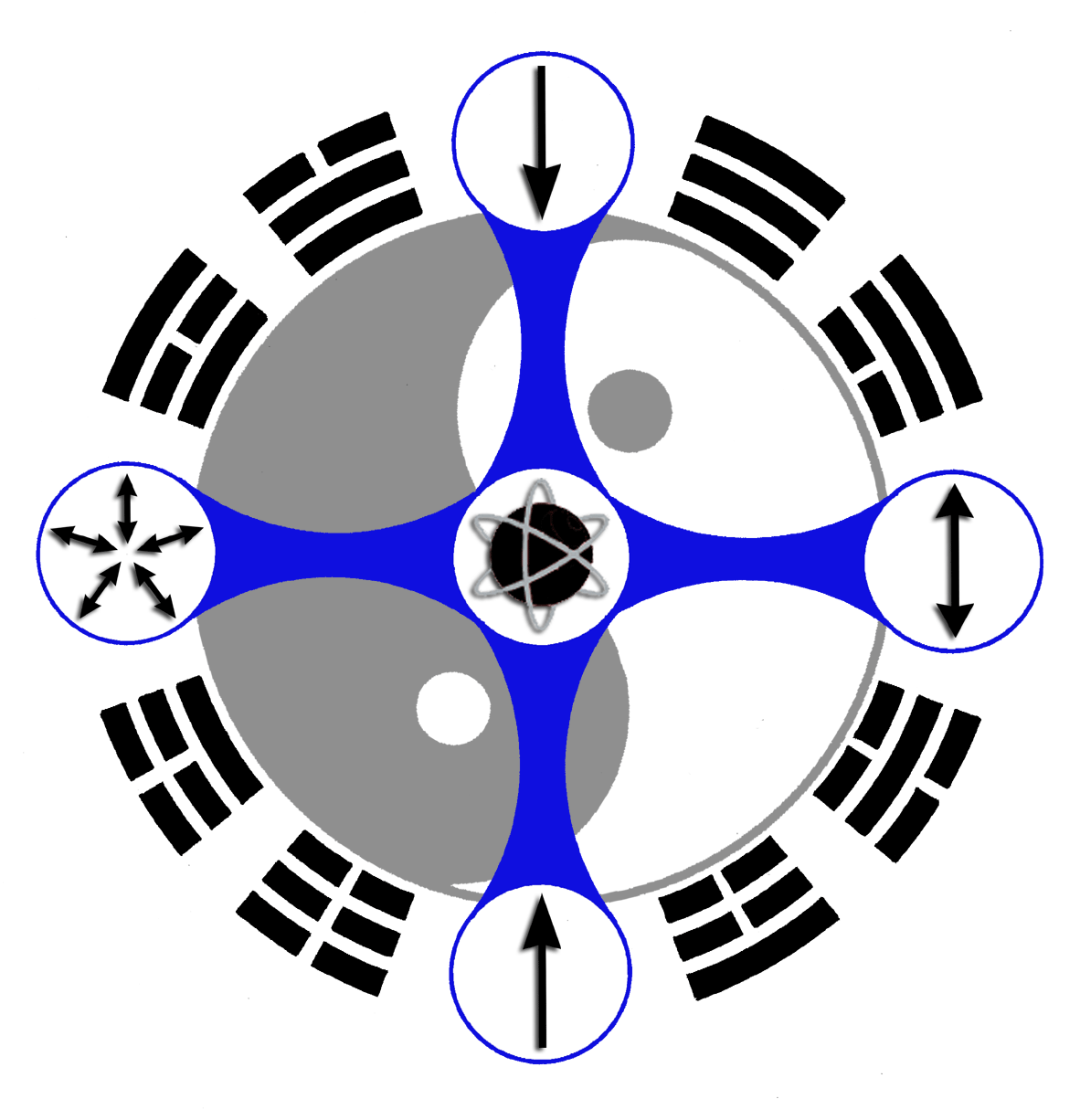Qigong for Healing (Part 1 of 2)
By Paul Cavel
If I were to summarise the vast majority of enquiries I receive in a single question, it would be,“Can qigong heal X”? – you name it.
First, to answer the question, yes, generally qigong supports healing for a wide array of specific ailments and injuries, and has been doing so as an important branch of Chinese medicine for millennia. But the road to finding out how exactly may not be as straightforward as many people think or hope. Qigong’s approach involves dealing with the root cause of an ailment rather than treating its symptoms, and that means individual factors and needs can and do vary from person to person, even when the diagnosis might be similar or even the same.
How Qigong Heals
Qigong, and all Water Method practices for the matter, operate the body totally differently to all other forms of exercise and fitness programs, including yoga and Pilates. For this reason, the effectiveness of your practice will largely depend upon your ability to transition from how you currently operate your body and mind to an entirely new modus operandi. This perspective, guided by internal (neigong) principles, is absolutely essential to generating the correct mode of practice.
To begin, there is no on-off switch for soft, relaxed, smooth, continuous, circular motion, instead it is a matter of degrees. The question is: how soft, relaxed, smooth, continuous and circular can your movements become? If you find you are quite tense, it will take more time, effort, focus, and practice to generate soft, relaxed motion. If you have practised hard external martial arts, contact sports, lifted weights or done high-impact exercise, such as running or jogging, over long periods of time, you will need time to train your nerves to release and truly achieve smooth, continuous and circular movement. You will not be able to approach your qigong training in the ways that have made you successful in such sports. While this prospect intrigues many athletes who I have worked with over the years, it equally sends others right out the door!
Bend-and-Stretch, Not Reciprocal Inhibition
The Western paradigm dictates that all muscle movement is tension-based. Referred to as “reciprocal inhibition” or “reflexive antagonism”, one muscle (or set of muscles) on one side of a joint relax while the other(s) on the opposite side contract(s). The central nervous system sends messages to the agonist muscle to contract; then, when the tension in the antagonist muscle is deactivated by way of the motor neurons, the muscle subsequently relaxes.
This habitual use of tension slowly closes down the internal functions of the body and causes many issues that become more difficult to ignore with ageing. The start of all genuine qigong practice is breaking the reciprocal-inhibition habit and moving with a soft, relaxed intent and operation of the body’s muscles, which can be progressively learned through bending-and-stretching techniques. As one of the fundamental neigong responsible for long-term tai chi practitioners being known for ageing well, bending and stretching can do wonders for your health.
If you are training for healing of any kind, an early focus on establishing a regular practice that progressively builds in bending and stretching of all the layers of the body’s soft tissues – fascia, muscles, tendons and ligaments – will provide a soft alternative to reciprocal inhibition that supports the right quality of movement. You can then develop and increase that quality over time. (Members, I’ll have a video for you that goes in to much greater details and explains how to implement bending and stretching in the second month of my Memebrship programme.)
Moderation Is Key
As I have already written articles for all students and devoted a video lesson for Members to the Rule of Thirds, I will only briefly remind you to consider any illnesses or injuries you might currently be carrying.
If you are relatively healthy, you stay within two-thirds of your effort, range of motion and intensity.
If you feel compromised in any way, you stay within one-third of your effort, range of motion and intensity.
Once you establish a regular practice of qigong – not being overly concerned with how well you do the exercises or the many layers that can clutter the mind – turn your focus to the guiding principles which will help you to embody the critical and fundamental neigong components. Just this level of training, of making the body and mind conscious, has healed practitioners of all sorts of ailments throughout the ages. Relieving aches and pains is only the start of it.
The better your practice, the more ailments can literally fade into the background and disappear! Being able to steer training towards your specific goal(s)relies on a strong foundation in essential neigong. Then you can begin manifesting the particular qualities of any of the Five Elements or internal arts, such as tai chi and bagua, for more profound healing benefits, practice experiences and states of consciousness.
In Part 2, we’ll look at additional factors that support healing. We’ll also take headaches as an example for examining how to understand your personal state of health, and what is possible for you in the here and now.
